"The energy, the faith, the devotion which we bring to this endeavor will light our country and all who serve it -- and the glow from that fire can truly light the world." - John F. Kennedy, inaugural speech
Our daily language is littered with metaphors. Many are familiar (for example, "I smell a rat" "he's a bad egg" or "diamond in the rough"), and we barely recognize them as metaphors. But, of course, when someone says "I smell a rat" they typically mean, "My instincts are telling me something is wrong.
Politicians, like Kennedy, often use metaphors to convey complex ideas and to provide a frame for their policies. The image of the glowing light is a metaphor more powerful than stating simple facts. At the end of an election season, you've likely been exposed to any number of metaphors -- some that will inspire and others designed to tap into your fears.
In a 2008 study using a functional MRI image of the brain, scientists have discovered that hearing metaphors appears to activate the sensory regions of the brain. When we hear the metaphor "I smell a rat," we may actually get the physical sensation of a stench.
This connection between words and a physical sensation is possibly what makes metaphors so powerful. We have a visceral response to them, and as a result they can seem more real and true than any facts or figures. This may, in part, explain why they are so abundant in politics.
Metaphor combines what is already known in a new way to produce a new thing. When we hit on the right one, it is useful in making something not fully understood comprehensible.
It is this physical experience of metaphors that also makes them a useful tool for stress reduction. Stress is characterized by a multitude of symptoms in the body including muscle tension, queasy stomach, headaches, dry mouth, weakness, fatigue, shakiness, tearfulness, cold hands and feet, grinding of teeth and many more. Metaphor can act as a bridge between the mind and body, providing meaning for our experience and connecting us to our physical senses in a way that creates relief from stress.
Metaphor can help us communicate strong, indescribable emotion. They can redefine, reframe, and suggest solutions to problems. And, when we're in denial or acting in unhealthy ways, they help us recognize our own reaction to stressful circumstances and can give hope.
With a metaphor we may "switch on a light" and realize that we have been trying to "plant flowers in a tornado" or have been "drifting aimlessly at sea." These simple images can help us change our automatic thought patterns to healthier and more adaptive thinking, say from fighting, avoiding or refusing to make changes, to accepting painful circumstances and moving on.
In a 2008 study focused on coping, McMullen and colleagues found that participants who used metaphors in order to accept pain were better able to tolerate painful tasks.
They can be tremendously helpful when you find yourself fighting the reality of painful circumstances. When we're faced with overwhelming change, threatening circumstances and feared events we may find ourselves avoiding or refusing to change, which only adds to our pain and suffering.
Metaphor can help us acknowledge painful circumstances and remain hopeful in the face of adversity. It can help us to "surf the waves" of stress and anxiety, know that it's time to "batten down the hatches and weather the storm," allow us to put down our "heavy load" and rest, remind us that we can "float with the current" or make sacrifices now that will create "light" in the future.